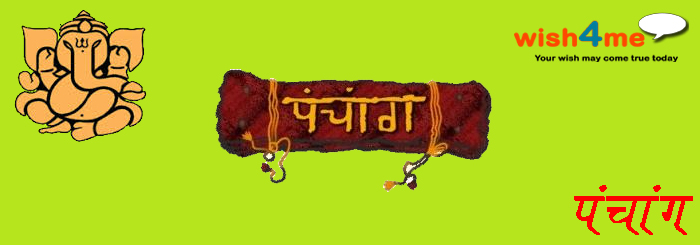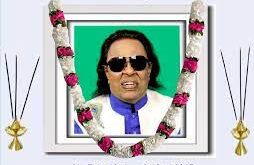 The world is divided in many time zones and the earth is not flat. The length of day could vary from one place on earth to another. If you are more towards north pole and south pole your days and nights will be longer and sometimes, six months of day and six months of night.
The world is divided in many time zones and the earth is not flat. The length of day could vary from one place on earth to another. If you are more towards north pole and south pole your days and nights will be longer and sometimes, six months of day and six months of night.
Panchāngams are published in India by many learned authors, societies, academies, and universities. Different publications differ only minutely, at least for a casual or un-trained reader. They forecast celestial phenomena such as solar eclipses, forecast weather (rain, dryspells) as well as more mundane occurrences.
The study of Panchāngams involves understanding Rasi phala (also pronounced ‘Rashi phala’), the impact of the signs of the zodiac on the individual. Astrologers consult the Panchāngam to set auspicious dates for weddings, corporate mergers, and other worldly activities as per religion.
The actual casting of a Panchāngam involves elaborate mathematical work involving high level of spherical geometry and sound understanding of astronomical phenomena, such as sidereal movements of heavenly bodies. However, in practice the tabulation is done on the basis of short-cut formulations as propounded by ancient Vedicsages and scholars.
A typical Panchāngam may state tabulations of positions of Sun, Moon, and other planets for every day of the year on a fixed place (longitude, latitude) and time of day (in 24-hour format IST). The users calculate the remaining data using their relative difference from this fixed place and time.
There are several panchāngas that contain information for more than one year. There is one Vishvavijaya Panchāngam that is for 100 years.
The theories propounded in the two scriptures, Surya Siddhanta and Grahalaghava formed the basis for the myriad calendars or Panchāngas in the past in different regions of the country – a culturally complex system.
The Grahalaghava was compiled some 600 years ago and Surya Siddhanta was available ages before that. But these had become outdated and did not tally with actual astronomical events and did not tally with each other also. Hence, a committee was appointed by the Government of India with experts in the field drawn from various parts of the country who were involved with preparation of Panchāngam in local languages to draw up a reliable Panchāngam in which the mathematical calculations provides the positions of grahas (the planets) and nakshatras (constellations) in the sky as they are observed.
Thus, the Government of India has prepared the National Panchānga or the Indian national calendar in 1957 (was proposed by Saha and Lahiri in 1952), which is used in predictive astrology. The Lahiris Ephemeris published annually is the most widely used English almanac in Vedic astrology apart from the many Panchāngas published in local languages, which are mostly based on the National Panchānga.
Chilakamarthi Prabhakar Chakravarthy Sarma has written worlds first English panchangam .Chilakamarthi Prabhakar Chakravarthy did M.tech(Engineering). Currently,working as engineer written several books like Panchangam,Books on rivers,pushkaras and vaastu shastra.Chilakamarthi Panchangam has been kept free of cost in www.chilakamarthi.com for people who are interested in jyotishya shastra.
 पौराणिक कथाओं, प्रेरक क्षण, मंदिरों, धर्मों, फिल्मों, हस्तियों के बारे में दिलचस्प जानकारी, हजारों गाने, भजन, आरती के बोल हैं Your wish may come true today…
पौराणिक कथाओं, प्रेरक क्षण, मंदिरों, धर्मों, फिल्मों, हस्तियों के बारे में दिलचस्प जानकारी, हजारों गाने, भजन, आरती के बोल हैं Your wish may come true today…



























